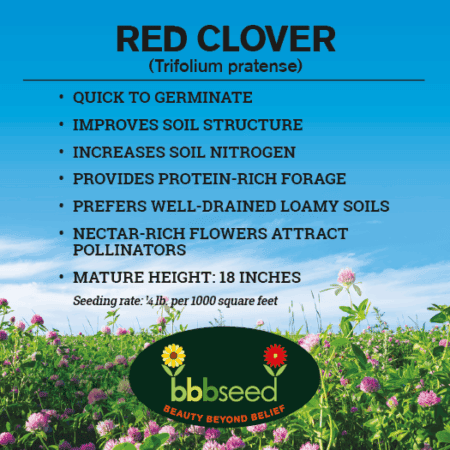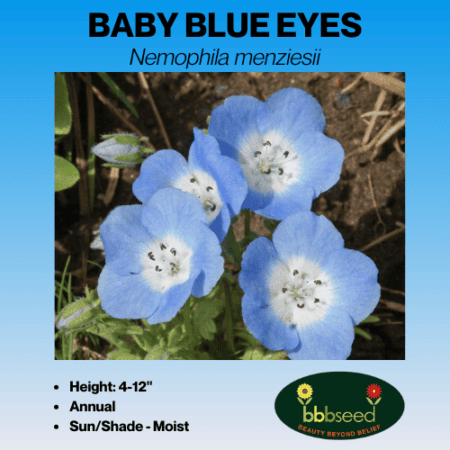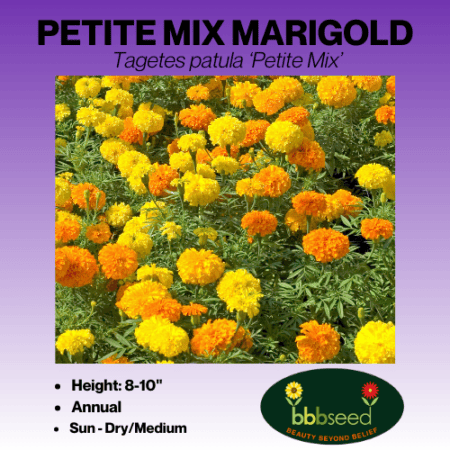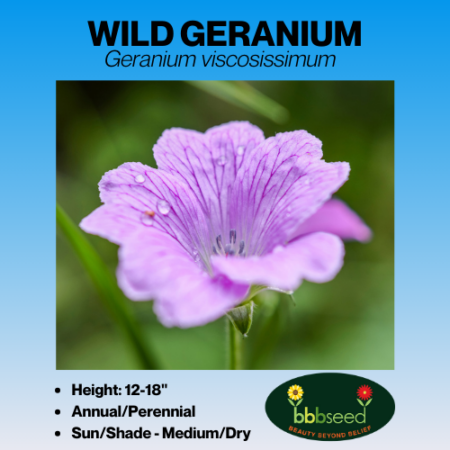Description
Red Clover
Red Clover, scientifically known as Trifolium pratense, is a versatile plant that originated as an introduced species. It has firmly established itself as a genuine clover variety of significant agricultural importance,
Some characteristics of Red Clover:
- Botanical Characteristics:
- Red Clover is a herbaceous plant belonging to the legume family (Fabaceae).
- It is characterized by its distinctive trifoliate leaves, typically featuring a white or pale green crescent-shaped mark on the upper leaf surface.
- The plant produces cylindrical, pink to reddish-purple flower heads, which are rich in nectar and attract various pollinators, particularly bumblebees.
- Growth Habit:
- Red Clover can grow as either a biennial or short-lived perennial, depending on environmental conditions and management practices.
- Its growth habit involves the development of a taproot and a branching stem, which can reach heights of up to 18 inches (45 cm).
- Agricultural Uses:
- Red Clover is primarily grown for its multiple agricultural benefits. It’s a valuable forage crop for livestock, offering a nutritious feed source when properly managed.
- As a legume, Red Clover is a nitrogen-fixing plant. It forms a symbiotic relationship with nitrogen-fixing bacteria in its root nodules, enabling it to convert atmospheric nitrogen into a form that enriches the soil with this essential nutrient. This nitrogen-fixing ability makes it an excellent green manure and cover crop.
- Farmers often sow Red Clover in crop rotations to improve soil fertility, break up compacted soils, and reduce the need for synthetic nitrogen fertilizers.
- Soil Improvement:
- Its deep root system helps improve soil structure by breaking up heavy clay soils and enhancing drainage.
- Red Clover’s decaying roots and plant material contribute organic matter to the soil, increasing soil health and tilth.
- Here is some more information on cover crops.
- Environmental Benefits:
- The plant’s ability to attract bumblebees and other pollinators makes it a valuable component of conservation efforts to support local biodiversity.
- It can help reduce soil erosion due to its extensive root network and ground cover.
- Varieties:
- Several varieties of Red Clover exist, each with specific characteristics suited to different agricultural applications. Some common varieties include Medium Red Clover, Mammoth Red Clover, and Ladino Clover.
- Livestock Considerations:
- While Red Clover is an excellent forage crop, it contains compounds known as coumarins that can lead to bloat in livestock when consumed in large quantities. Proper management and monitoring are essential when incorporating it into livestock diets.
- Geographic Distribution:
- Red Clover is widely distributed and cultivated, with a historical presence in Europe, Asia, and North America. It thrives in temperate climates and is commonly found in fields, pastures, and meadows.
In summary, Red Clover is a versatile and valuable plant in agriculture, contributing to soil health, livestock nutrition, and pollinator support. Its adaptability and nitrogen-fixing capabilities make it an essential component of sustainable farming practices.
Color: rose-pink colored blooms
Height: 18 inches
Type: Biennial / Short-lived Perennial
Climate: Sun – Med/Moist
Seeds/lb.: 275,000
Seeding Rate: 1/4- 1/2 pounds per 1000 square feet; 6 pounds per acre. If seeding into an established grass pasture, the rate is 1 1/2 lbs/acre.
Seeding depth: 1/8 – 1/4 inch deep
Red Clover prefers well-drained loamy soils that are medium to fine-textured. Late summer/fall plantings should be done with irrigation and at least 6 weeks of growing season to become established before frosts.
Bloom Time: Spring-Early Summer
Zone: 3- 7
Read more about Red Clover here.









Reviews
There are no reviews yet.